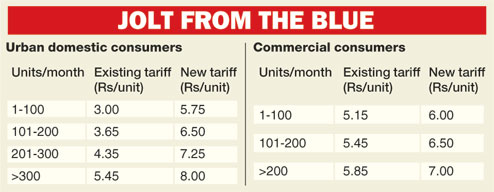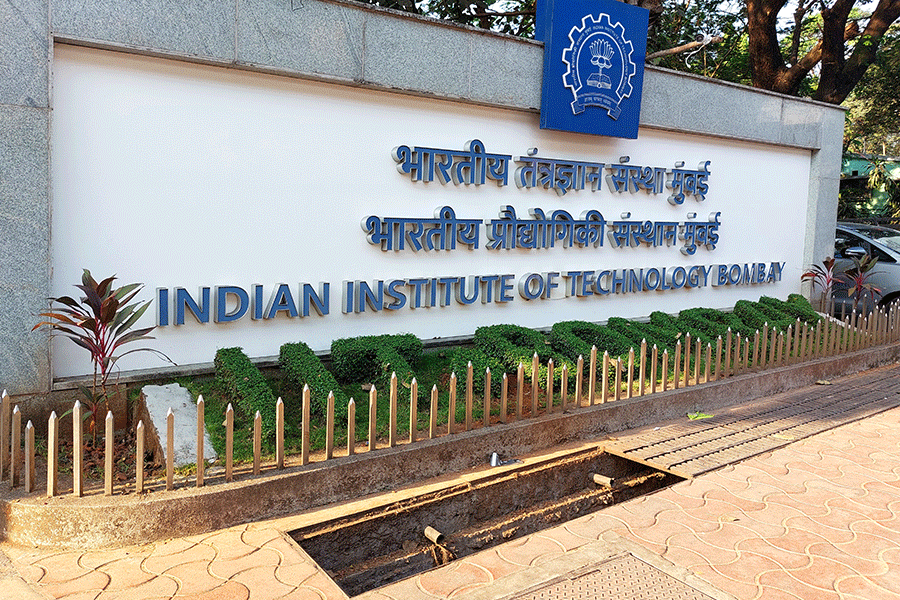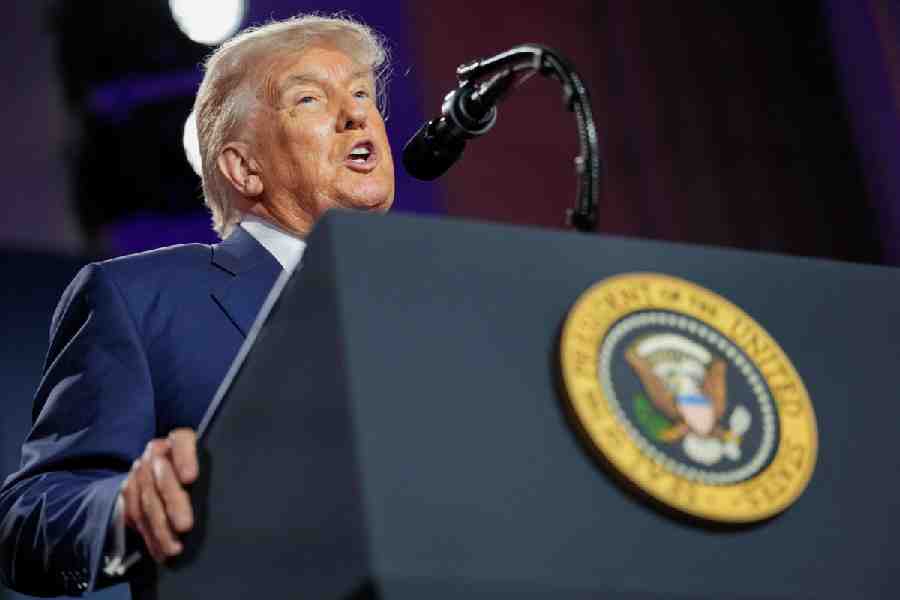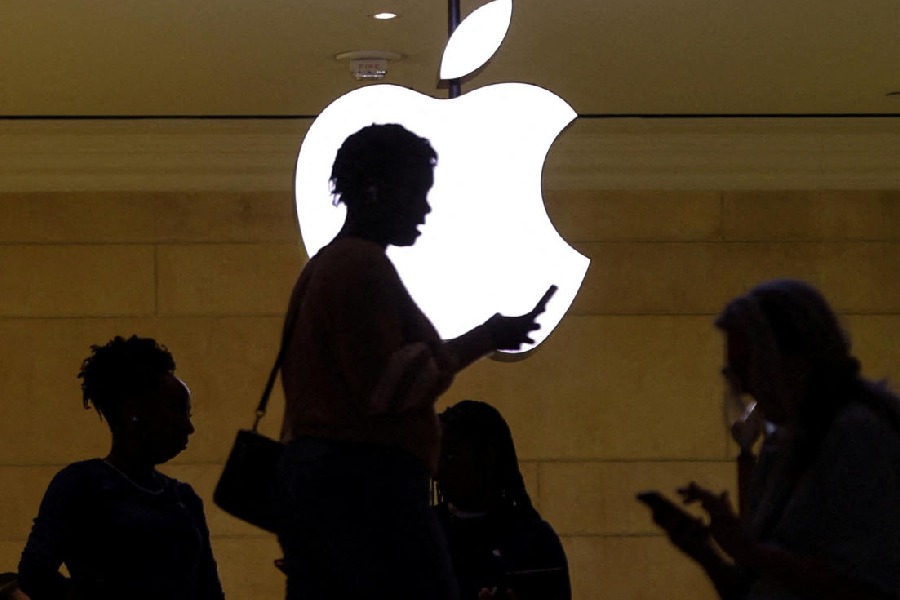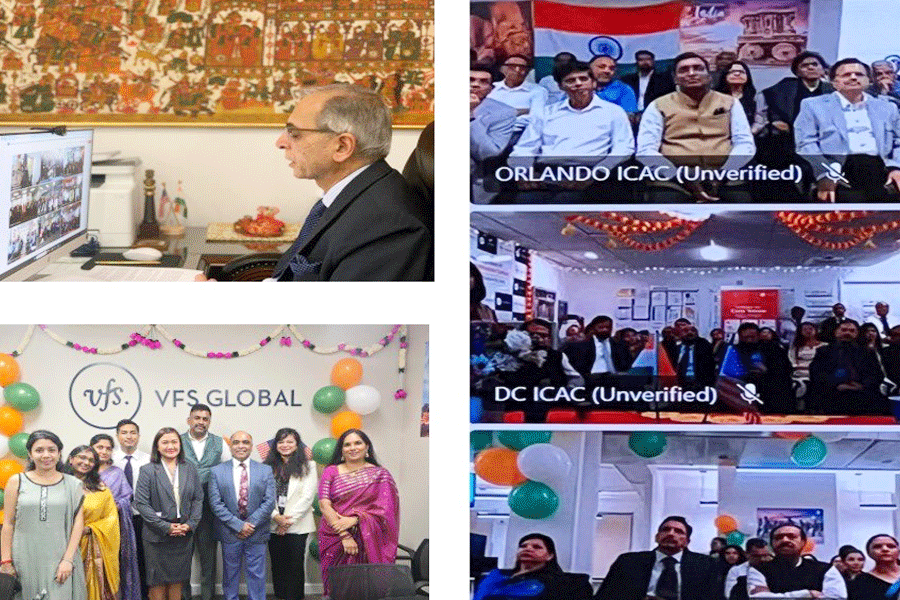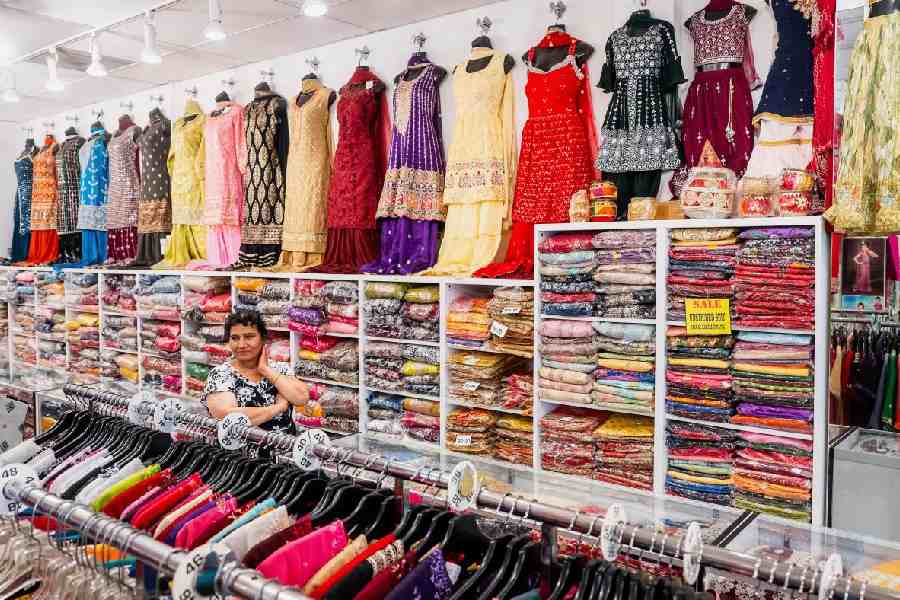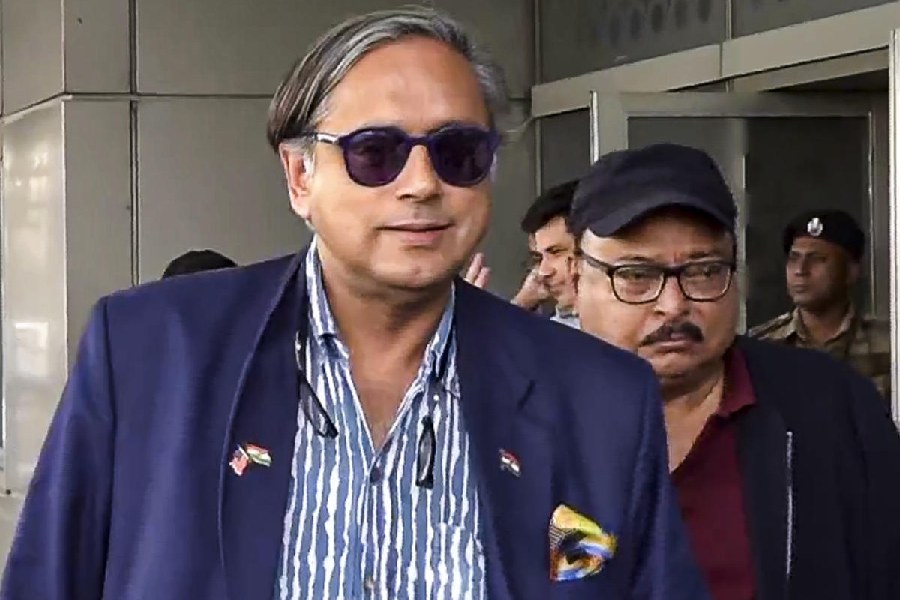
Patna, March 24: The Bihar Electricity Regulatory Commission (Berc) today hiked electricity tariff by an average of 55 per cent for various categories of connections in the steepest increase in the last several years that will give households and businesses a rude shock.
There was no hike for the financial year 2016-17 that draws to an end on March 31. The last increase, in 2015-16, was 2.5 per cent on average. Before that, there was an increase of 6.9 per cent in 2012-13 and around 20 per cent in 2011-12.
The new rates will be effective from April 1 this year to March 31, 2018.
Domestic consumers in urban areas will feel the jolt most, paying between 50 per cent and 90 per cent more across different consumption slabs. Those living in rural areas, including the poor, have also not been spared.
Though the tariff for those "Kutir Jyoti" connections meant for below poverty line (BPL) households that have not been provided meters yet has been kept constant at Rs 350, the Kutir Jyoti connections that have got meters will be charged Rs 5.75 per unit for the first 50 units, Rs 6 per unit for 51-100 units and Rs 6.25 per unit for more than 100 units. The quantum of the hike in these connections was not immediately clear; Berc officials were too caught up to elucidate.
Announcing the new tariff slabs, Berc chairman S.K. Negi said: "The two power distribution companies functioning in the state, North Bihar Power Distribution Company Limited (NBPDCL) and South Bihar Power Distribution Company Limited (SBPDCL), had proposed an overall (average) hike of 84 per cent for financial year 2017-18, but we approved a hike of only 55 per cent."
The hike, Negi said, was without taking government subsidy into consideration as the commission had not got information on availability of subsidy for the forthcoming financial year. If the government extends subsidy to power consumers the tariff structure could be scaled down, but it depends on how much subsidy will be announced, from when, and for whom.
Alignment of distribution loss with UDAY (Ujwal Discom Assurance Yojana, a central scheme meant to help power distribution companies and which Bihar is a part of) to cut down losses, higher transmission charges due to expansion in grid and transmission network, changes in the funding pattern of capital expenditure, and higher provisions to meet renewable power purchase obligation were some of the reasons for the tariff hike, Negi said, flanked by his colleagues R.K. Choudhary and Rajeev Amit.
The Berc in its tariff order pointed out that the state government has informed them that there were 91.7 lakh electricity consumers in the state as on November 30, 2016, the bulk of which were Kutir Jyoti and domestic consumers. Industries constituted only 0.4 per cent of the total consumers.
Negi said that considering detailed information provided by the NBPDCL and the SBPDCL on various aspects of distribution and transmission, a revenue gap of Rs 5,295 crore has been determined for them for 2017-18 of which Rs 4,700 crore has been passed on to consumers by increasing tariff.
"The remaining gap of around Rs 595 crore will have to be bridged by the two companies by improving operational performance by reduction of losses, improving billing and collection efficiency, optimising the cost of power purchase, and financial discipline," he said. "NBPDCL and SBPDCL intend to add 29.54 lakh new consumers during 2017-18 and also propose to supply electricity to all unconnected households by December 2018 as part of chief minister Nitish Kumar's seven resolves for a developed Bihar programme. This will take total number of consumers in the state to over 1.20 crore, leading to heavier expenditure burden on the companies."
The Berc did not approve the two distribution companies' proposal to hike miscellaneous charges like meter rent, fee for new connection, reduction or enhancement of load, disconnection, testing, inspection and installation charges. These will be reviewed next year.
Consumers reacted sharply to the hike.
"This is just abnormal," rued Swetambari Singh, a resident of Nageshwar Colony in Patna. "Middle-class families will now have to curtail electricity usage. I am thinking of using just one out of three air conditioners at my flat this summer."
The reaction from industry was similar.
"The hike of around one rupee per unit and more on commercial and industrial usage will lead to higher production cost," said Bihar Chamber of Commerce and Industries president P.K. Agrawal. "Our industries will not be able to compete with those in other states or neighbouring Nepal. We are studying the tariff order and will soon hold a meeting to decide on the future course of action."

